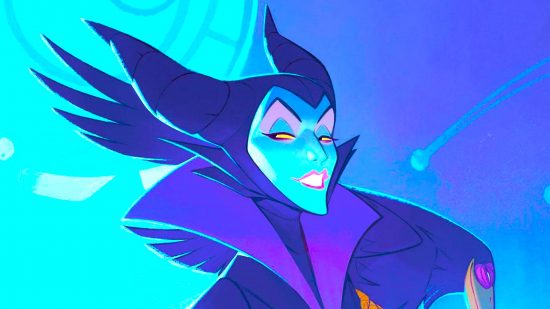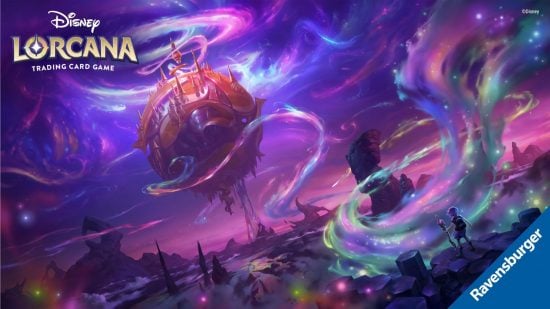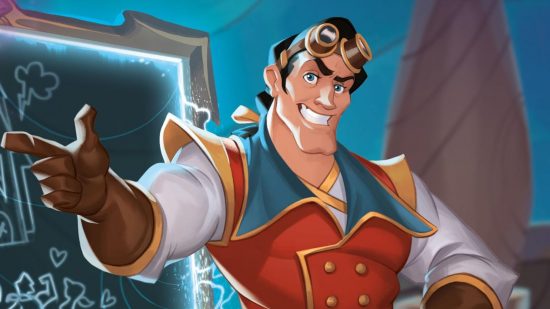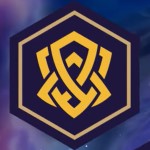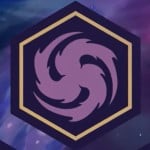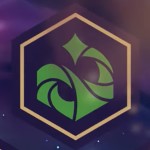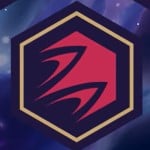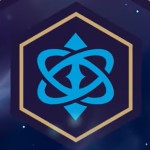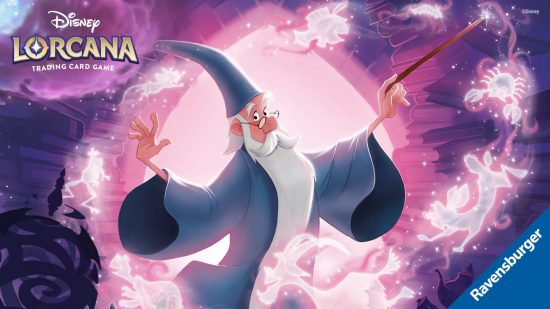Given how new the trading card game is, the Disney Lorcana rules aren’t exactly common knowledge yet. Newbies attracted by the delightful Disney theme may need a helping hand learning how to play Disney Lorcana, and TCG veterans will still need to swot up on how it differs from other card games on the market. A Lorcana tutorial is essential – and we think we can help with that.
We’ve used our trading card game know-how to summarize exactly how Disney Lorcana plays. With info gleaned from the latest Disney Lorcana sets and our experience hunting the best Disney Lorcana cards, we’ve gathered everything a beginner player needs to know, all in one place.
Here are the core Lorcana rules:
- Lorcana TCG overview
- How to read a Lorcana card
- How to build a Lorcana deck
- How to play Disney Lorcana
- How to play Lorcana with more than two players
Lorcana TCG overview
Disney Lorcana is a trading card game, where players collect cards and construct their own decks before pitting them against other decks in head-to-head competitive games. Lorcana players are known as ‘Illumineers’, and the cards in their decks are ‘glimmers’ of famous characters and scenes from Disney movies.
A game of Lorcana involves playing cards to create ink and summon glimmers. Glimmers can activate special abilities, challenge and banish each other, or go questing for lore. This last one is crucial – earn 20 lore, and you’ve won the game!
With the basics covered, let’s explain each of these parts of the game in detail:
How to read a Lorcana card
Disney Lorcana cards are full of text and symbols (along with some gorgeous Disney art). The first step to learning the Lorcana rules is figuring out how to interpret these cards.
There are currently three kinds of Lorcana cards in the TCG:
- Characters – used for challenges and quests, and often feature unique abilities
- Items – stay on the board and offer special effects
- Actions – a one-off card that activates a special advantage and then gets discarded
Actions also have one sub-type that’s worth being aware of – Songs. These can be played like any other action, but some characters can sing a Song for you, meaning you don’t need to pay the ink cost.
Here’s a typical Lorcana card, as well as what each section means:
And here’s what each part of the card means:
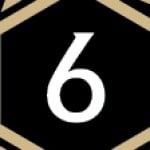 |
How much ink the card costs to play. |
| Any card with this Inkwell Icon around its cost can be played into your inkwell and used as ink. | |
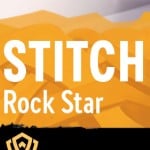 |
The card’s name – which may be important for using certain card abilities. |
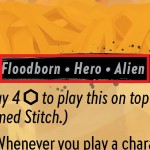 |
Classifications – these categories may also be referenced by other rules or abilities. |
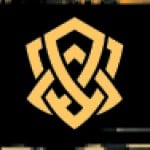 |
The card’s ink type. |
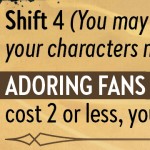 |
A character card’s abilities or action card’s effects are detailed here. They often require a cost, such as paying ink or exerting the card. |
 |
Strength, or how much damage a character deals during a challenge. |
 |
Willpower, or how much damage it takes to banish a character. |
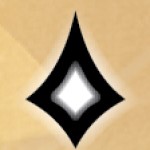 |
The lore value, or how much lore is gained when the character quests. |
 |
A Lorcana rarity symbol (see our guide for more information on these). |
Lorcana location cards
The next Disney Lorcana release will introduce a new category of cards to the game. The Into the Inklands set features locations, which come with their own ink cost, willpower, and lore value. Characters can also move to the location by paying its move cost, as shown by a new symbol on the left of the card.
Certain characters may gain benefits from being placed on a location. Each round a location stays in play, it generates lore equal to its lore value. However, it has no Strength, so a location can’t defend itself when attacked.
How to build a Lorcana deck
For your first game, we recommend using one of Ravensburger’s pre-made Disney Lorcana starter decks. This gives you everything you need to set up and play a Lorcana game, so you can focus on learning the core rules before worrying about deck-building. As you collect cards, you can experiment with deck-building by swapping out a few cards in your pre-made deck.
If you do think you’re ready to construct your own Lorcana deck, here’s what you need to know:
Ink types
A Lorcana deck can only use one or two ink types. The different ink types are:
Card rules
Each Lorcana deck must include at least 60 cards. You can add more, but we don’t recommend it – more cards in a deck make it less likely that you’ll be able to draw the ones you really need.
You also can’t add more than four copies of the same card to your Lorcana deck. This means cards of a specific name – you can have four copies of Stitch, Rock Star and still add four copies of Stitch, Carefree Surfer to your deck. You don’t have to add four copies of each card to your deck though, and sometimes it’s beneficial to have fewer copies and make room for other important cards.

How to play Disney Lorcana
Setup
With your deck prepared, you’re ready to set up your first Lorcana game. You’ll need some way to track how much lore you have, as well as some counters to place on cards and represent damage. The Lorcana starter decks provide counters and mats for these purposes, but you can use any method you like as long as it’s been agreed with your opponent.
At the start of a game, shuffle your deck and set your lore tracker to zero. Randomly determine who is going first (for example, by flipping a coin). Each player draws seven cards to create their starting hand and looks at their hand in secret.
While it’s not recommended for your very first game, you can choose to change your starting hand. Starting with the first player, each person can put any number of cards in their hand on the bottom of their deck. You do this without revealing the cards, and you then draw cards until there are seven in your hand once again. Afterwards, reshuffle the entire deck.
This action (known as a ‘mulligan’ in other TCGs like Magic: The Gathering) is generally taken when a player’s opening hand doesn’t have enough ink or too many high-cost cards.

Playing a turn
A game of Disney Lorcana is divided into turns, and each turn is split into two phases:
Beginning phase
A beginning phase in Lorcana can be summarized by the phrase ‘Ready, Set, Draw’. In order, perform the following:
- Ready – Any exerted cards (that were turned on their sides to show they’ve been used) are turned upright, back to the ‘readied’ position
- Set – Check for card abilities and effects that may trigger at the start of your turn, and resolve them
- Draw – Take a card from the top of your deck (the first player won’t do this on the first turn of the game)

Main phase
In your main phase, you can add one eligible card to your inkwell by revealing it to your opponent, then placing it in the allocated section of the table face-down. This is typically the first thing you’ll do after resolving the beginning phase – you might need that ink to play a card, after all.
You can also take the following actions as many times as you like, in any order:
- Exert the required amount of ink to play a card
- Activate a character ability
- Use an item effect
- Quest with a character card (see below)
- Use a character to challenge an opponent’s exerted character (see below)

Most of these actions require a card to be ‘in play’ before you can perform them. This means you’ve spent the required ink and placed them on the table face-up – it doesn’t generally refer to cards in your hand or discard pile.
If you want to perform a character action that requires exerting the card (questing, challenging, and certain abilities), that card must have been in play since the start of the turn. If you play a character card this turn, you must wait until your next turn before you can perform these actions.

Remember, a card is exerted by turning it on its side. Once a card is exerted, it typically can’t be readied again until the beginning phase of your next turn.
It helps to place newly played cards slightly lower in the play zone than existing cards to show they cannot take these actions. During your next beginning phase, you can move them up alongside the existing cards.
Unlike characters, items (and locations) can be used as soon as they’re played. Action cards resolve immediately, and are then moved to your discard pile.

Questing
To quest with a character card, exert the card by turning it on its side. You then gain lore equal to its lore value (be sure to update your lore tracker!).
Challenging
If you want to interfere with an opponent who’s doing an awful lot of questing, challenging is the way to go. Begin by exerting a character of your choice, and choose an exerted character card controlled by your opponent to be your target.
Both characters deal damage simultaneously, equal to their Strength value. Add damage counters to the cards to represent this value. If a character takes damage equal to or greater than its Willpower, it is banished to the owner’s discard pile. Should a character survive a challenge, the damage counters remain on the card.
How to play Lorcana with more than two players
While it’s traditionally a two-player card game, Lorcana can accommodate larger groups. The game rules are mostly the same, but play is passed to the left when someone ends their turn. Abilities that affect multiple players are resolved in the same way – starting with the player whose turn it is, each player takes the required action, and then passes to the left.
For collectors, here are the most expensive Lorcana cards to watch out for. Or, for more tutorials, here’s how to play Magic: The Gathering.
